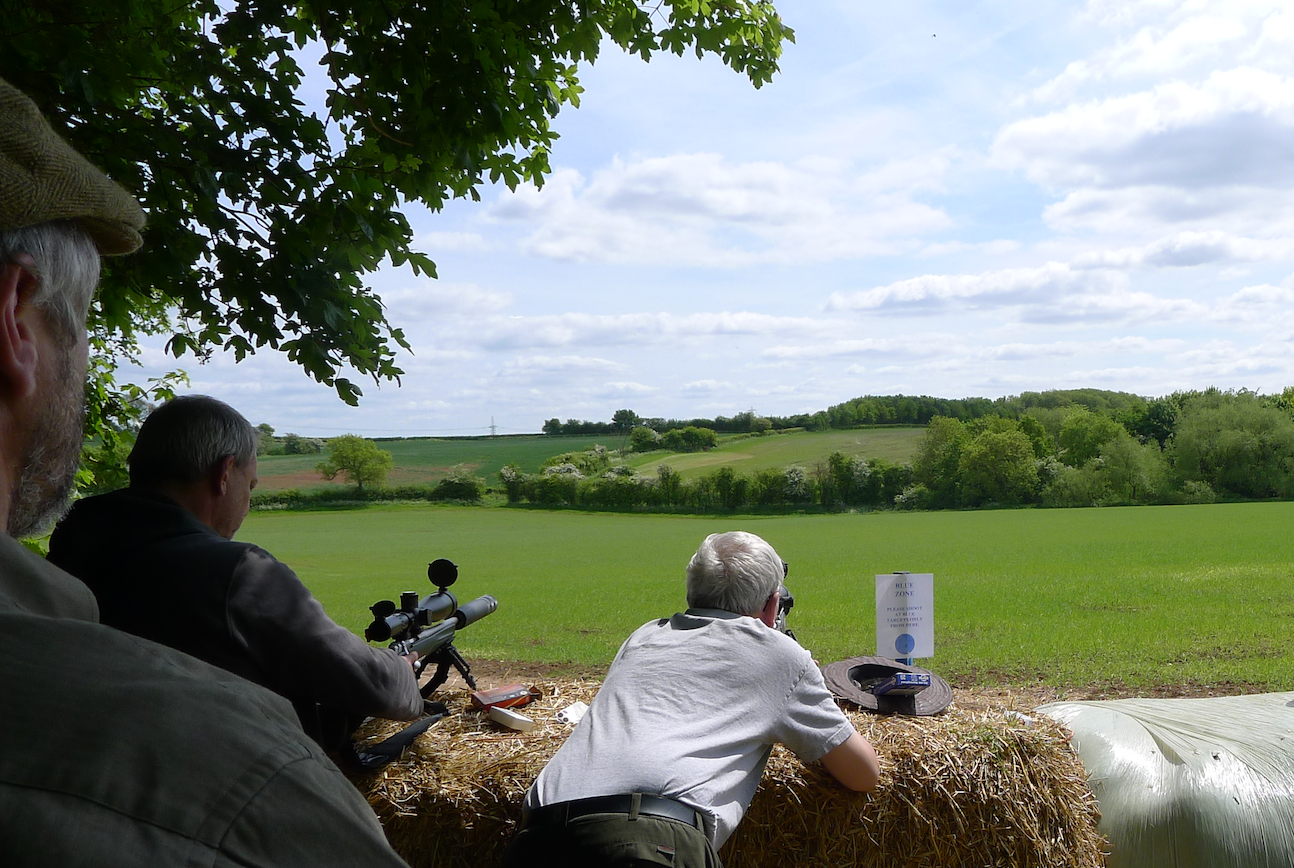The Karabiner Model 1931 (K31) is a magazine-fed, straight-pull bolt-action rifle. It was the standard issue rifle of theSwiss armed forces from 1933 until 1958, though examples remained in service into the 1970s. It has a 6-round removable magazine, and is chambered for the 7.5x55mm Swiss (also known as Gewehrpatrone 1911, GP11, or unofficially 7.5x55mm Schmidt Rubin), a cartridge with ballistic qualities similar to the 7.62x51mm NATO/.308 Winchestercartridge. Each rifle included a 6 round detachable box magazine with matching engraved serial number. A stripper clip loads the magazine from the top of the receiver.
The often quoted but incorrect name of “Schmidt-Rubin” comes from two designers: Rudolf Schmidt, who designed the action for Switzerland’s 1889 and 1896 rifles, and Lt. Col. Eduard Rubin, who designed the ammunition. The K31 was a totally new design by Eidgenossische Waffenfabrik in Bern, Switzerland under Colonel Furrer, and the gun does not have the Schmidt-designed 1889 or 1896 action. The first 200 K31s were made in May 1931 for troop trials (serials 500,001 – 500,200), thus the model number of 1931.
K31s are also noted for their excellent accuracy and quality. The Swiss considered individual marksmanship to be of utmost importance. Therefore, the K31 was made with tight tolerances and excellent overall craftsmanship. Many shooters are able to achieve one minute of arc with unmodified K31s. This means that a group of bullets shot at 100 yards will stay within a 1″ diameter area, a group at 200 yards will stay within 2″, etc. This is achievable with factory sights. Clamp-on sighting options for scopes and competition sights make it easier to mount a scope on the receiver.
The operating principles of the bolt itself are unique among bolt action rifles. A bolt head, bolt sleeve containing the locking lugs, firing pin assembly, and cocking handle comprise the bolt assembly. The lug on the cocking handle passes through the cam slot on the bolt sleeve and into the bolt head, acting upon the firing pin to cock it, which is retained by the sear in the rear of the receiver. The separate bolt head keeps its alignment and moves in line with the bore when cycled, while the bolt sleeve rotates to lock and unlock the action as the cocking handle is secured in the bolt head and rides a groove in the receiver, acting upon the cam slot, rotating.
Disassembly is accomplished by removing both barrel bands, and the front and rear screws in the bottom of the receiver. The bolt may be disassembled into its components by pulling the lug from the bolt head and sliding it from its track. Another feature common to the K31 is a tag under the buttplate containing the soldier’s name, year of birth, unit, and residence of service location. Most everything on the rifle is serialized to match, including: stock, upper handguard, magazine, barrel, receiver, and bolt.
K31s use a unique formed phenolic resin embedded paper charging clip with a tinned metal edge holding six rounds. Whereas most charger clips only hold the end of the round, the K31 charger nearly covers the entire cartridge. The clip has a guide slot wide enough for a gloved thumb to force rounds down and into the magazine in one smooth motion.
Many collectors of the K31 have removed the butt plate and recovered a small tag of plasticized paper from beneath it. This slip contains the name and address of the Swiss citizen to whom the rifle was issued. In some cases, collectors have used the information to contact the previous owners, and have recounted the details of those encounters on a variety of collector’s web forums.

